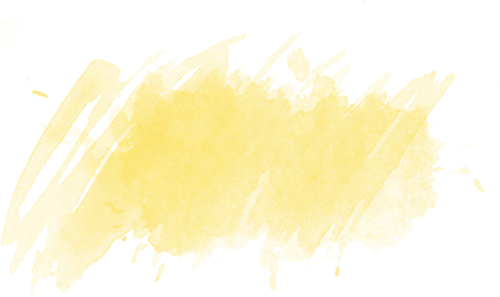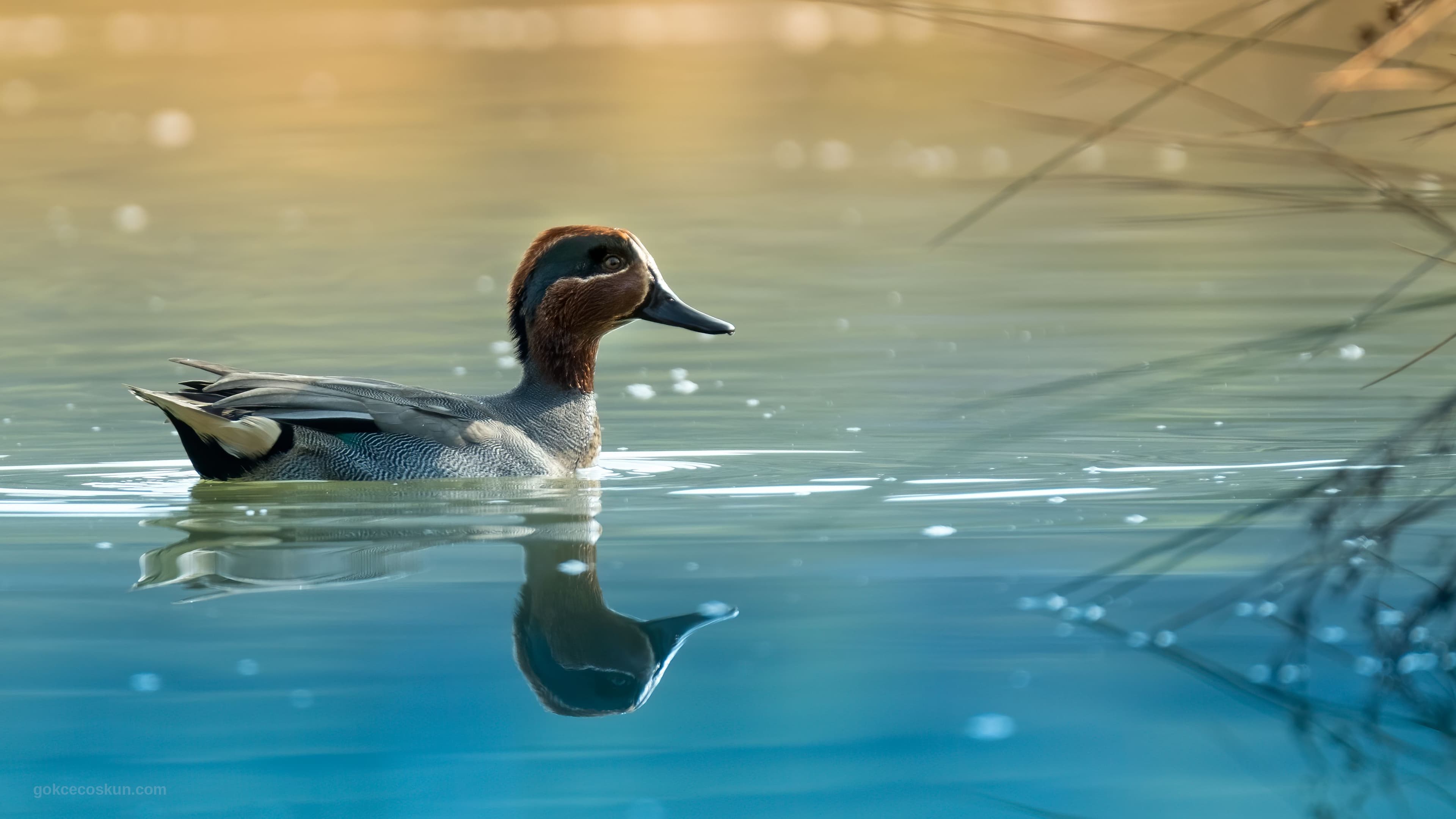
Antalya’s shrinking wetlands impacting its rich bird diversity
- Jul 14, 2025
- 12 min read

🐦 Help me share the story of how Antalya’s shrinking wetlands are impacting Antalya's rich bird diversity
🌍 What’s Happening?
Antalya is one of the most important birdwatching regions in the world, home to 357 bird species. That’s more than 70% of all bird species ever recorded in Turkey, which hosts 500. What makes Antalya particularly significant for birds is not only its location but its uniquely varied landscape, where mountains, rivers, wetlands, and coastlines meet to create rich, diverse habitats.
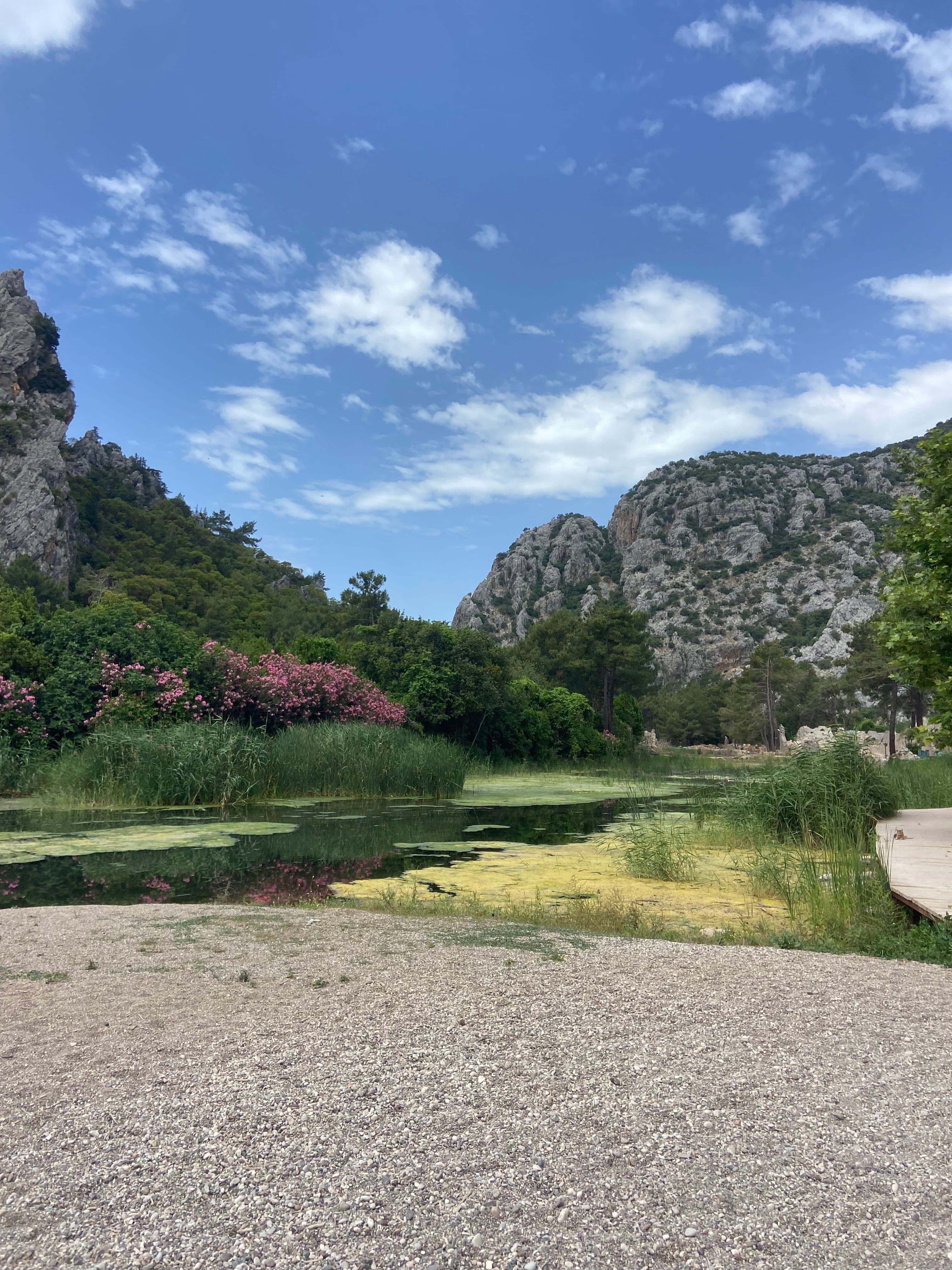
Here, rivers snake down from the mountains, carving life into the land. The lushness they create feels otherworldly. It’s a living mosaic of ecosystems shaped by the journey of water from mountain springs to wetlands. As the river descends, the environment transforms. Where the rivers meet the sea down the coast, the cool air turns into desert-like dry air. And the greenery wrapped around every rock and tree in the forest gives way to a mossy layer on top of the still waters of the wetlands. Whereas, on the coastline, there is a desert-like ecosystem with sand dunes and its totally unique vegetation of sand lilies. This contrast highlights the incredible range of habitats that Antalya offers, each supporting different species, all within a short distance.
These wetlands create ideal conditions for a wide range of bird species to rest and refuel during their migration journeys. However, this extraordinary biodiversity is under threat. Wetlands are being turned into parks and beach areas for hotels, and rivers are choked by pollution. As a result, habitat loss and litter are pushing birds away from habitats they once called home. Once, thriving places like Boğaçayı, where flamingos and spoonbills used to land, are now too altered for them to return.
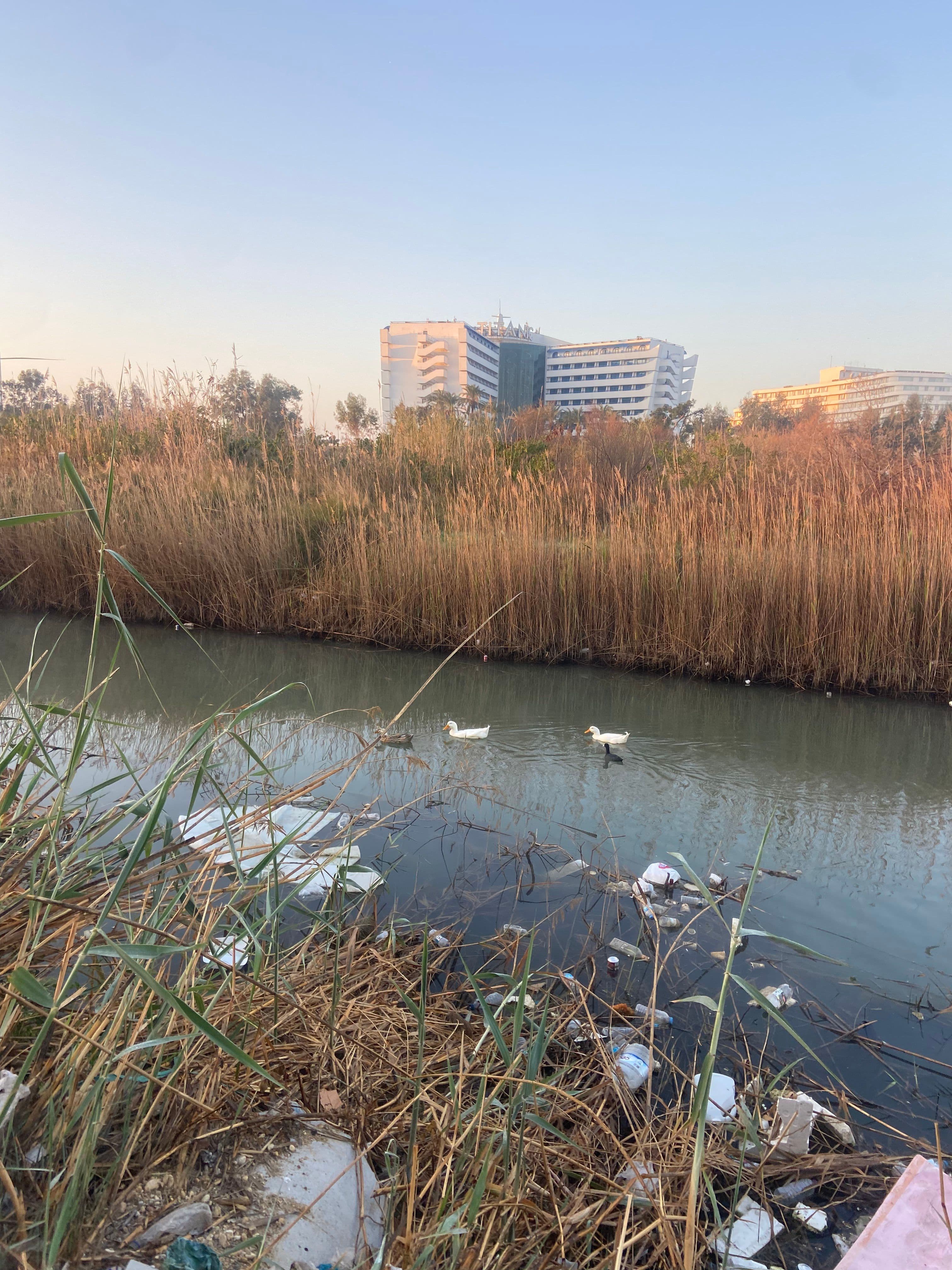
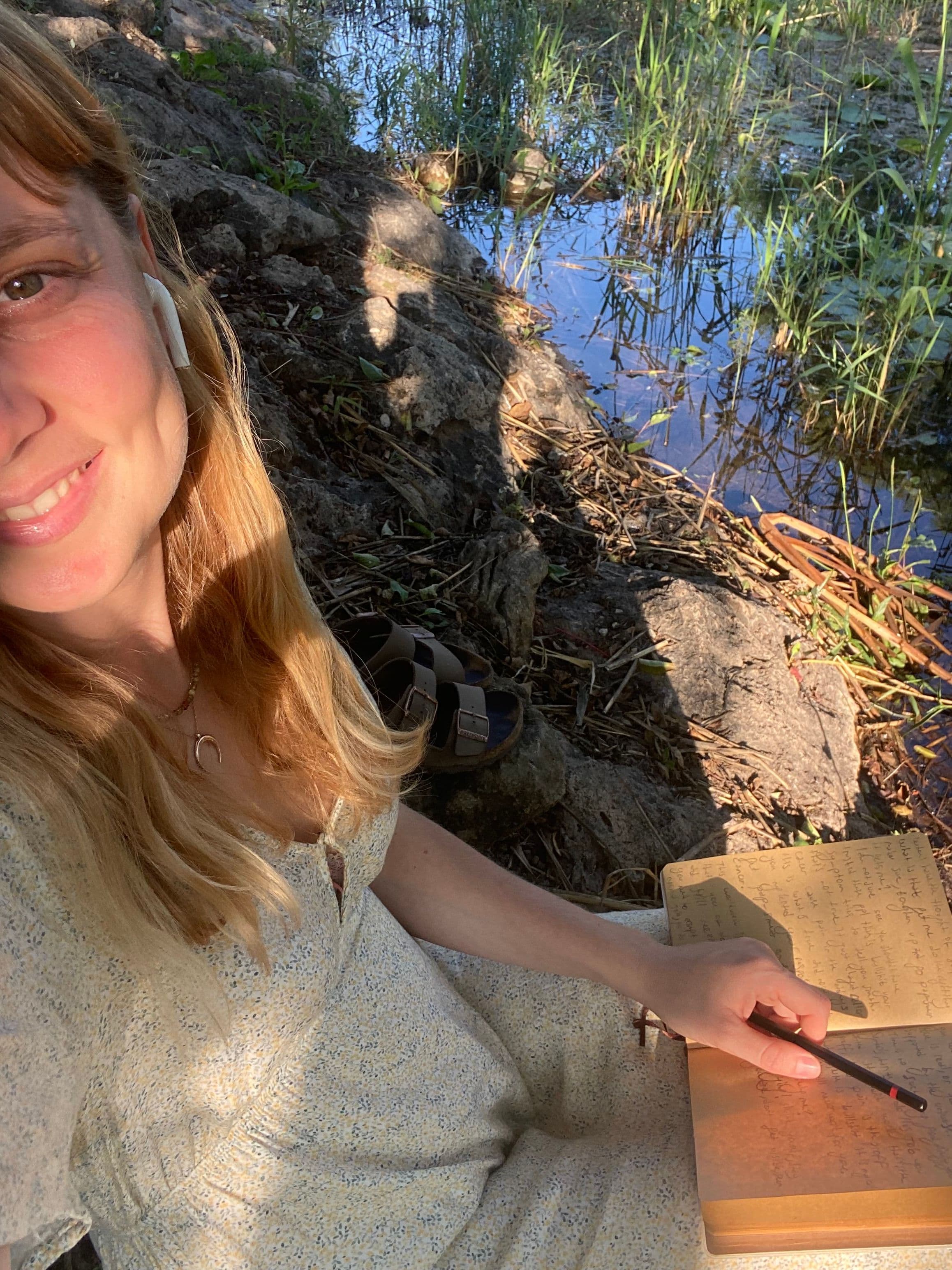
🖋 Why Me?
I’m a journalist and environmental storyteller based in Antalya. I’ve seen both the breathtaking beauty of these ecosystems and them covered with trash, and the vegetation of these ecosystems destroyed under the name of landscaping projects. I interviewed local bird photographers and observers.
Over the years, I witnessed how disconnected people can be from nature, polluting the most beautiful places in the city and in wetlands. I know how urgently we need to tell these stories of critical local voices to inspire change.

⏳ Why Now?
Time is running out. Landscaping projects that cause habitat loss of local flora and fauna. Pollution and illegal hunting are accelerating every year. Once these ecosystems are lost, we cannot bring them back. It is time to act to protect what remains and to ensure the next generation knows the joy of watching flamingos land on the water, or the world's fastest Gökdoğan, the peregrine falcon, nesting on the cliffs.
👉 You can find the story below:
Antalya’s shrinking wetlands are impacting its rich bird diversity
Last year, while visiting Hamburg during spring, I was walking through a park in the city when I noticed a bird nesting on the lake. The male was nearby, bringing more branches and scanning the area, right next to the walking path. I was surprised to see these vulnerable creatures being very safe to nest right next to a walking trail. The scene made me pause. I realized I rarely see anything like that in Türkiye. The city where I live, Antalya, has many wetlands that should be hotspots for birds. Yet I haven’t witnessed such a scene living in the city over the years.
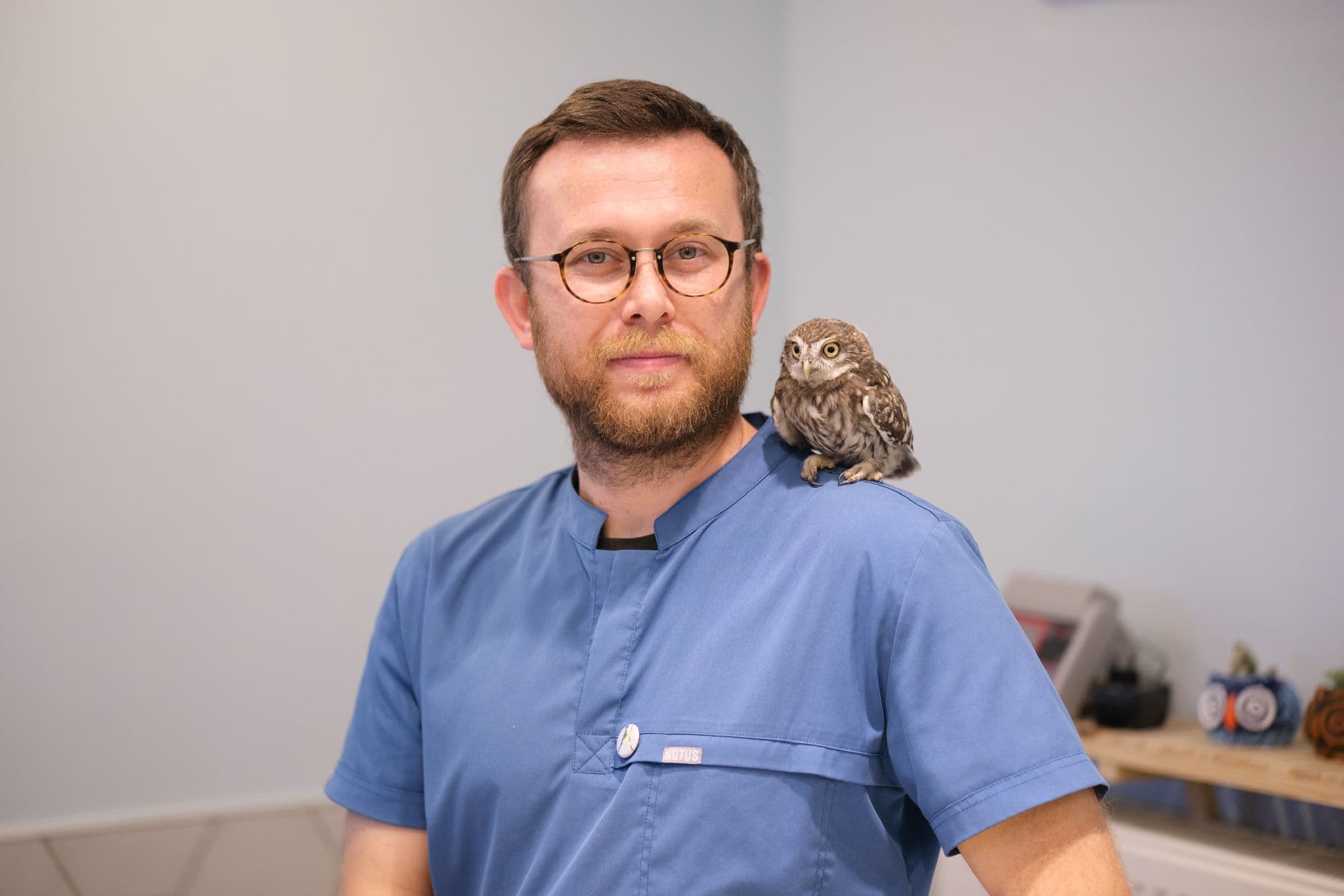
Veterinarian and bird photographer Gökçe Coşkun comments on this issue, highlighting how little awareness people often have of their surroundings. “Most people don’t even notice the birds around them while walking through the city,” he says. “Even in the middle of the city we are surrounded by trees, and during bird migration season, we can observe many different species without needing to go to wetlands.” As Coşkun puts it, “Birds are just a window away.”
Coşkun also emphasizes the importance of bird watching in recording bird species. “Antalya lies on a major migration route. Birds pass through every year, but if no one observes them, we have no idea what’s happening to them,” he says. During a recent birdwatching camp, participants recorded the presence of the Tibet çılbıtı Tibetan plover (Charadrius dubius tibetana), a species never before documented in Antalya. “Without that event, we wouldn’t have known the bird was even here.”
On the other hand, he also notes that cities in Türkiye are not designed with ecology in mind. “There are no spaces left for wildlife. If municipalities could preserve certain areas for nature, how it is done in the Netherlands or Germany, people could form a direct connection with birds even in urban settings.”
However, in Türkiye, natural spots are not respected, preserved, and protected but turned into littering grounds. It looks like the mentality is that when there is concrete, then it is clean and orderly; on the other hand, in the places where nature thrives are seen as messy and everyone litters. This portrays how disconnected people are from nature.
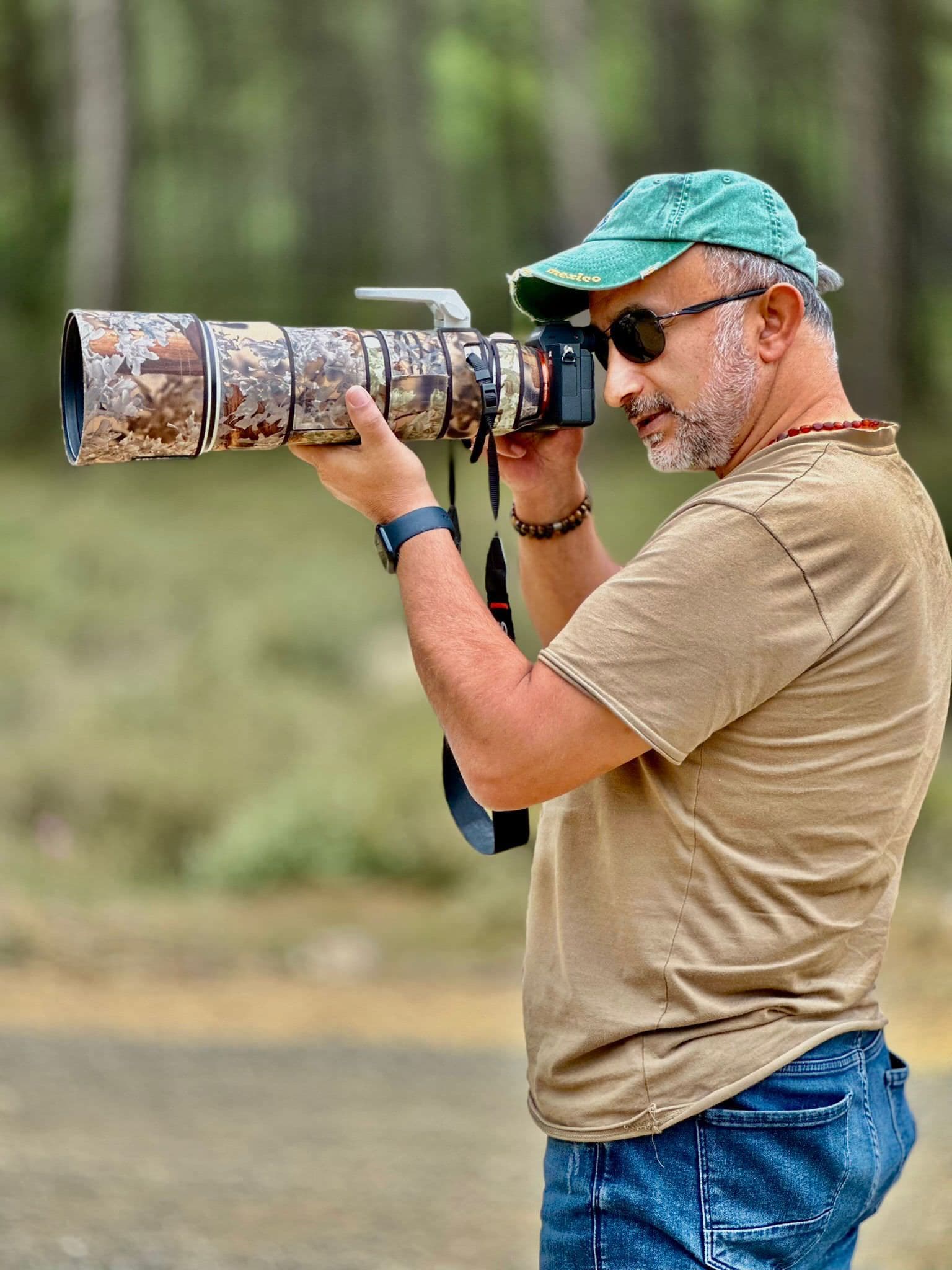
Habitat loss is the major threat
After photographing birds in various parts of the world, bird photographer Ali Çobanoğlu reflects on an even deeper concern. “I have photographed birds in Australia, New Zealand, Mexico, and South Africa. In none of these countries do birds run away from me,” he says. “However, in Türkiye, when birds sense the presence of humans, they tend to flee immediately,” Çobanoğlu notes that only in Türkiye do birds consistently show this level of fear. “They’ve learned, over generations, that people aren’t safe. This instinctive caution that birds developed makes bird observation here much more difficult. What’s even more telling is that these same birds migrate back to Africa, and there, they know they are safe.”
A disturbing example of this has recently circulated on social media: an Instagram photo shows birds getting trapped by a special glue called dıbık, a sticky substance obtained in the Hatay province, by chewing a fruit and spitting it out, then mixing it with honey. This sticky material is then used to coat cut, straight branches, which are placed among various bushes to catch birds. It is an extremely primitive method, explains bird photographer and founder of Vigo Tourism, Özcan Kılıç, a brutal tactic that highlights the threats birds face even in nature.
This is neither the first nor the last incident to occur in Antalya. Last year, 45 bee-eaters, an endangered species protected by the Ministry of Agriculture and Forestry, were hunted. People who hunt them got fined a total of 84,014 Turkish lira.
Illegal hunting is the third major threat birds face, following habitat loss and pollution. The second most pressing issue, Coşkun notes, is the increasing litter problem, especially along the city's coastal cliffs.
A nest in between trash
One of the world's fastest birds, the peregrine falcon, Gökdoğan (Falco peregrinus), has a nesting site along these cliffs. “This could be a major tourism attraction,” he says. “But when you go to the cliffs, you see garbage scattered everywhere. The municipality could take steps to raise awareness by putting up informational signs, organizing exhibitions at the airport, or using other public platforms to highlight the biodiversity of birds in Antalya.”
There are residents in the city center who collect trash almost every day on the cliffs. One of the residents who prefers not to give his name says now there is a community of people who collect trash, especially after tourists who come to the city for vacation and leave their trash behind.
“He says it is unbelievable there is trash on top of trash, I collect them in the morning when I enter the sea, and then when I come back in the afternoon more trash that I find.”
In Manavgat, the area where the river meets the sea, located about 40 kilometers from Antalya, is another very important bird observation site, also facing serious challenges, Coşkun explains. “In Manavgat, the area where the river meets the sea is one of our primary bird observation sites. It’s among the richest wetlands in Antalya in terms of bird diversity, yet it suffers heavily from habitat loss and pollution. Çobanoğlu also comments about the area, stressing that it is under great threat from the landscaping projects that cause irreversible habitat loss. “The wetland in the area is about to be lost forever. On my last visit, I saw the municipality filling the wetland with soil, making it dry. Perhaps they will build something in the area, and the wetland will be lost forever. This is a very important site for different birds to breed, overwinter, and rest during their migration journeys.”
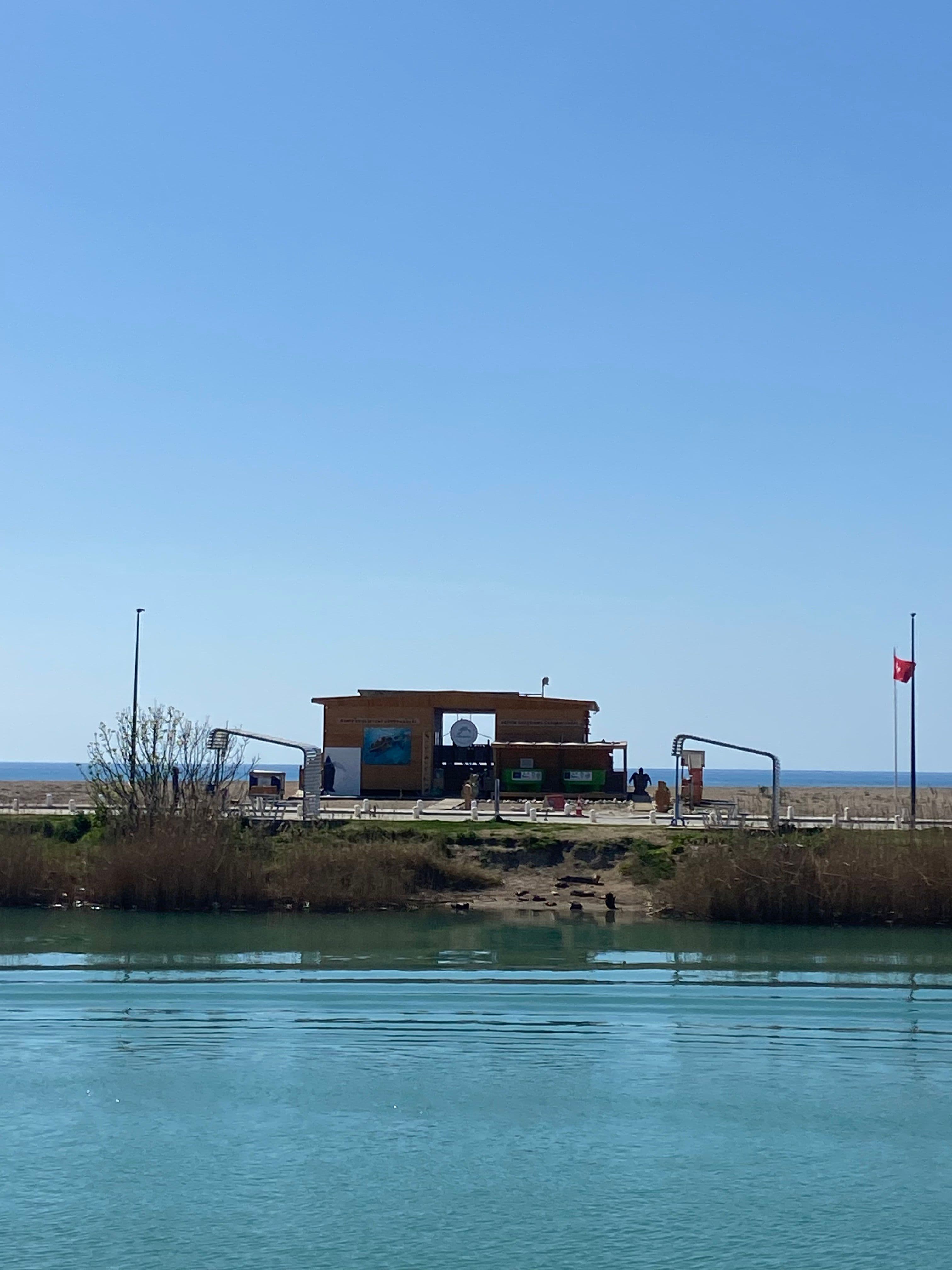
A Shoreline Worth Saving
Seher Akyol, who is the founder of Dekafok, an NGO to protect sea turtles and sand lilies in the area, starts her day by collecting trash with her volunteers in the small peninsula, which locals call mendirek, a naturally formed sandy area that functions as a breakwater and is also the nesting site for sea turtles.
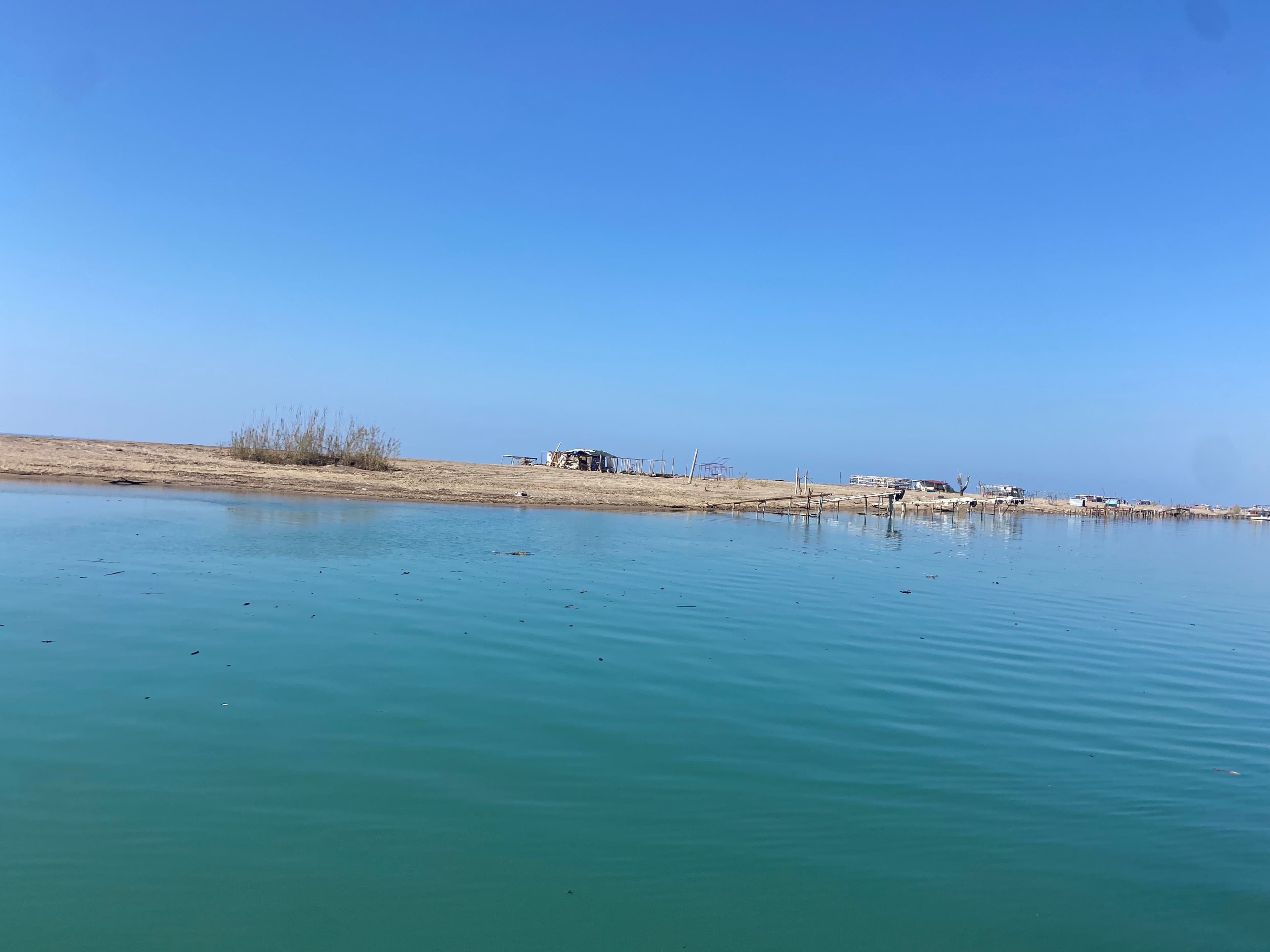
Akyol draws attention to agricultural waste in the area. “Especially during the winter,” she explains, “agricultural debris mixed with natural waste like tree branches and bushes is carried by the currents and ends up scattered along the coast.”
Educating new generations is the answer
Akyol emphasizes the importance of education in fostering respect for nature. She focuses on direct action and community engagement. When DEKAFOK was first established in 2021, they collected 73 tons of trash from the area. By 2024, that amount had dropped to 19 tons as a result of ongoing education and cleanup efforts. Over the years, they reached over 40.000 students in and around Antalya, teaching the next generation about conservation through informational workshops.
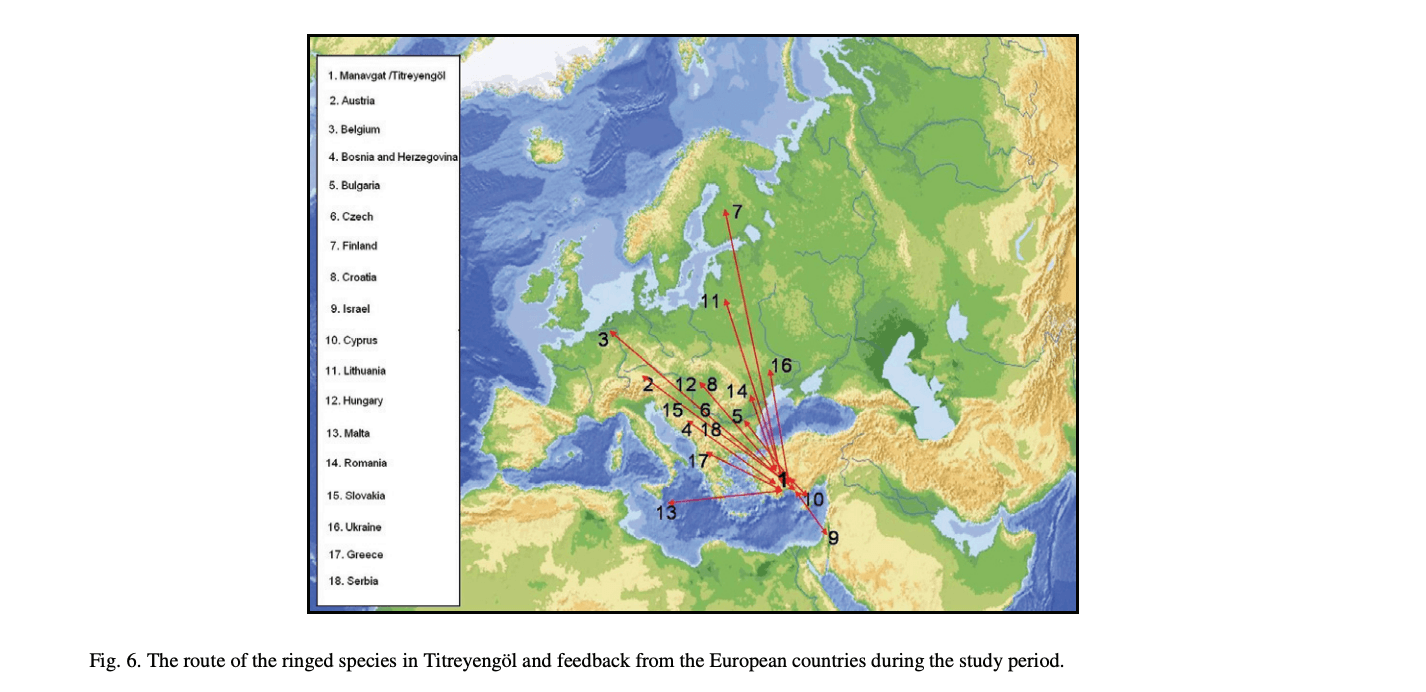
Antalya: A crossroads and sanctuary for birds
Antalya hosts a remarkable diversity of birdlife; according to eBird data, the city hosts 357 bird species. The bridge between 3 continents, Türkiye, is an important point on the route of the bird's migration journey to the North. The region’s wetlands and green spaces play a critical role in the survival of both resident and migratory birds. Yet, pollution, urban development, and illegal hunting pose a threat to these ecosystems.
What makes Antalya particularly significant for birds is not only its location but also its varied landscape. The city’s abundance of wetlands and the ecological richness of its coastal zones, especially where rivers flow into the sea, create ideal conditions for a wide range of bird species to reside and take a pause in their migration journey.
From Microclimates to Macro Biodiversity
Coşkun highlights that this diversity is in direct connection to the region’s unique microclimates. “Within just a few kilometers, you can move from a desert-like beach ecosystem to forested cliffs with rivers running through,” he explains. “That’s why we’re able to observe desert birds like the Hooded wheatear Keşiş kuyrukkakanı (Oenanthe deserti), desert wheatear çöl kuyrukkakanı (Oenanthe cypriaca), Pied wheatear Alaca Kuyrukkakan (Oenanthe pleschanka), and desert warbler çöl ötleğeni (Curruca nana), near the coast, and completely different species as soon as we approach the forested areas.”
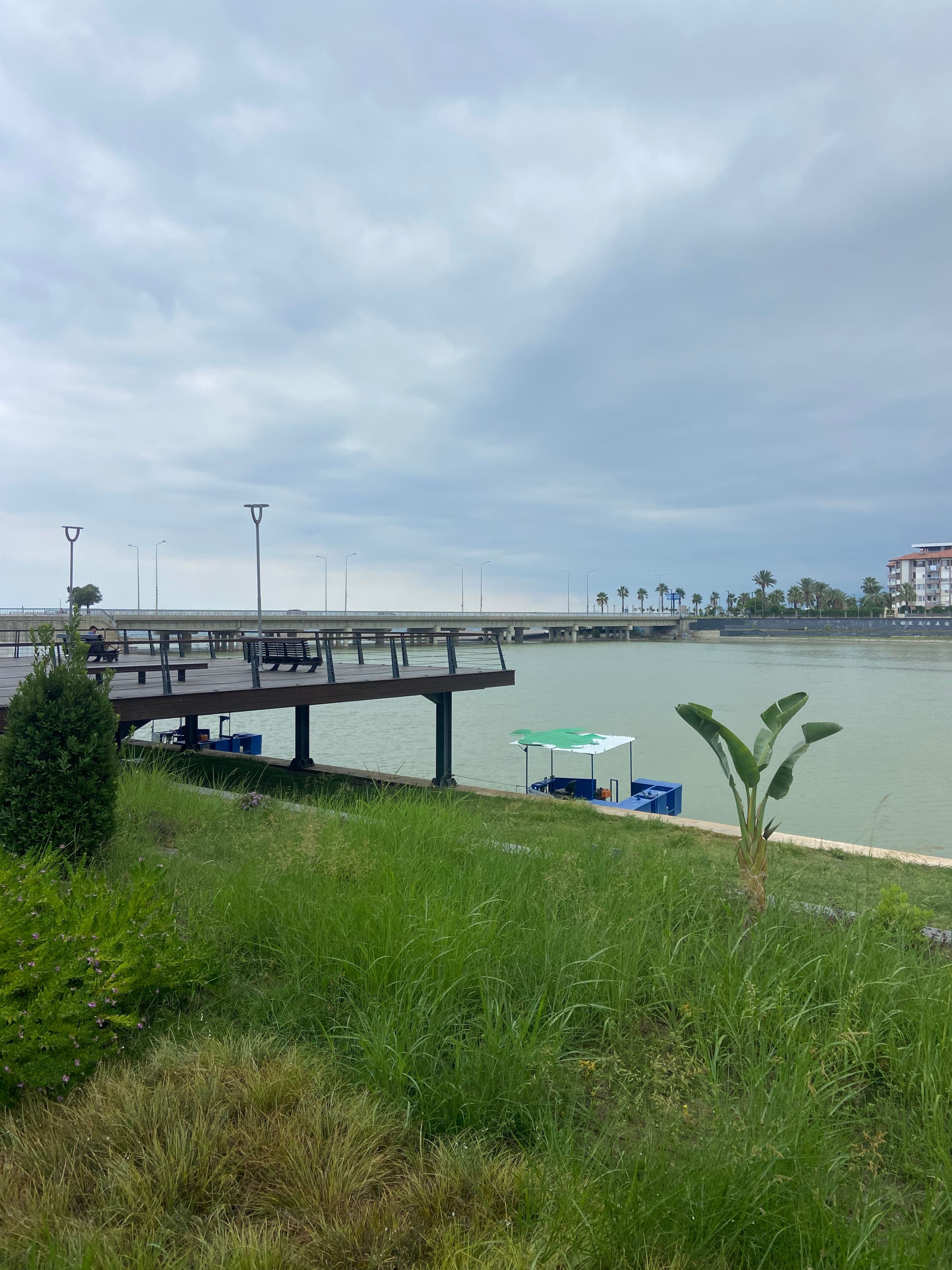
One of the most important hotspots for birds in the city is Boğaçayı, situated in the Konyaaltı district of Antalya, where over 220 bird species have been observed. However, the landscaping project that framed the stream with concrete walls back in 2018 disrupted the natural flow and reduced oxygenation at the bottom of the river, leading to excessive aquatic plant growth that must now be manually cut by the municipality. The landscaping project continues to cause habitat loss in and around the stream.
Landscaping should be done with ecology in mind
“Efforts should focus on protecting the local flora and fauna and preserving the natural landscape,” says Coşkun, criticizing the mentality behind changing the landscapes of the wetlands by planting foreign plants to make it look good for visitors, which has been tried to be done in Boğaçayı.
“The project carried out in Boğaçayı was fundamentally flawed. It attempted to channel seawater into the Boğaçayı stream, but the saltwater harms the local flora and fauna,” says Coşkun, adding that this highlights the need for those working in decision-making institutions to have a deeper ecological awareness.
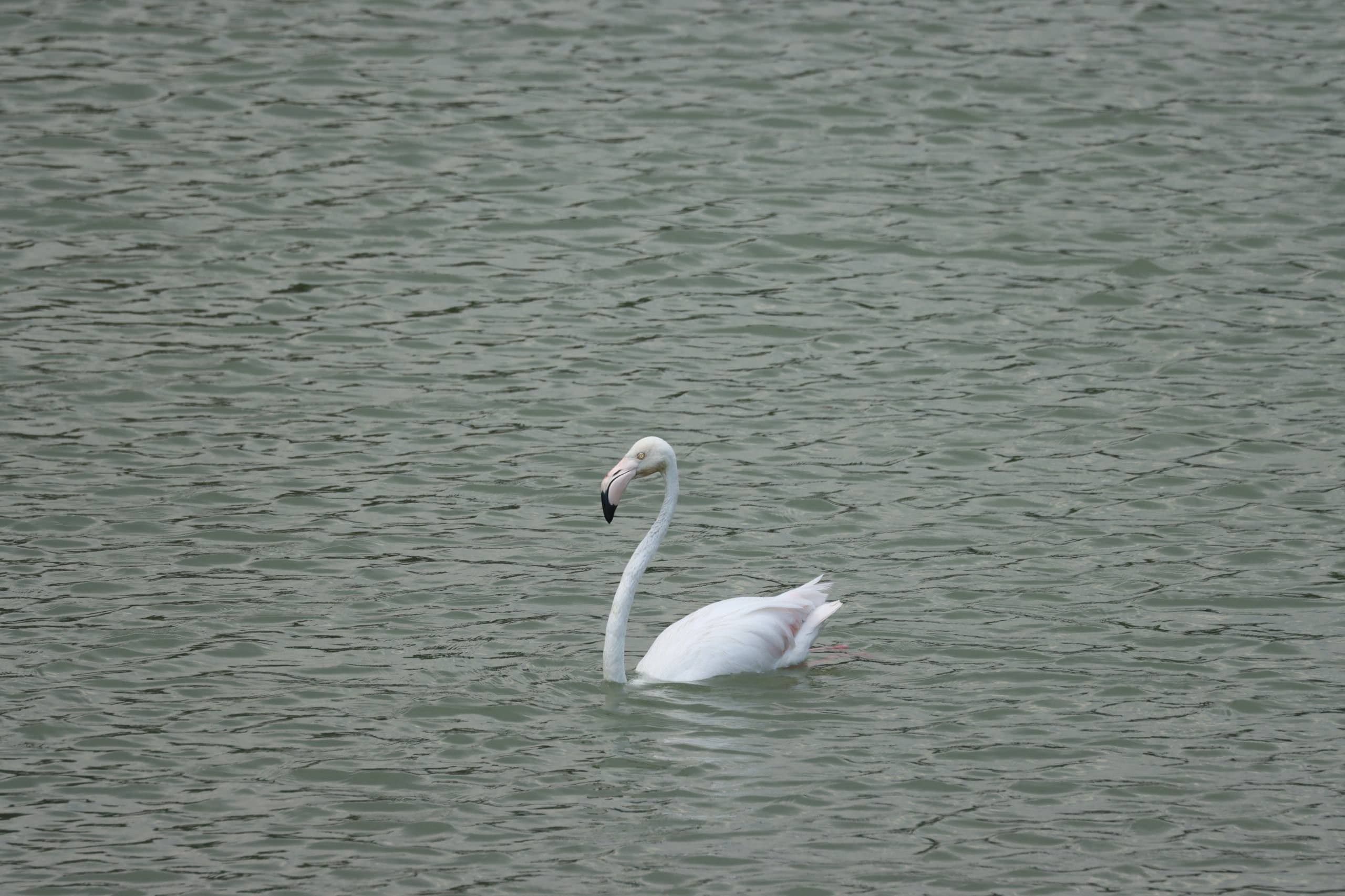
Flamingos and Eurasian Spoonbills (Kaşıkçı) (Platalea leucorodia) used to land in Boğaçayı, but now they only fly over it, unable to land due to the construction that disrupted the natural riverbed. Still, we occasionally spot other rare species like the Red-breasted Merganser (tarakdiş) (Mergus serrator), the Black-necked Grebe, and the Red-necked Grebe (kulaklı ve kızılboyunlu batağan), says Coşkun, which are Near-threatened species according to the IUCN Red List of Threatened Species.
We often think of nature in fragments, focusing on endangered species or isolated problems. But nature doesn’t exist in a vacuum. It thrives through symbiotic relationships where organisms depend on one another and their surroundings for survival.
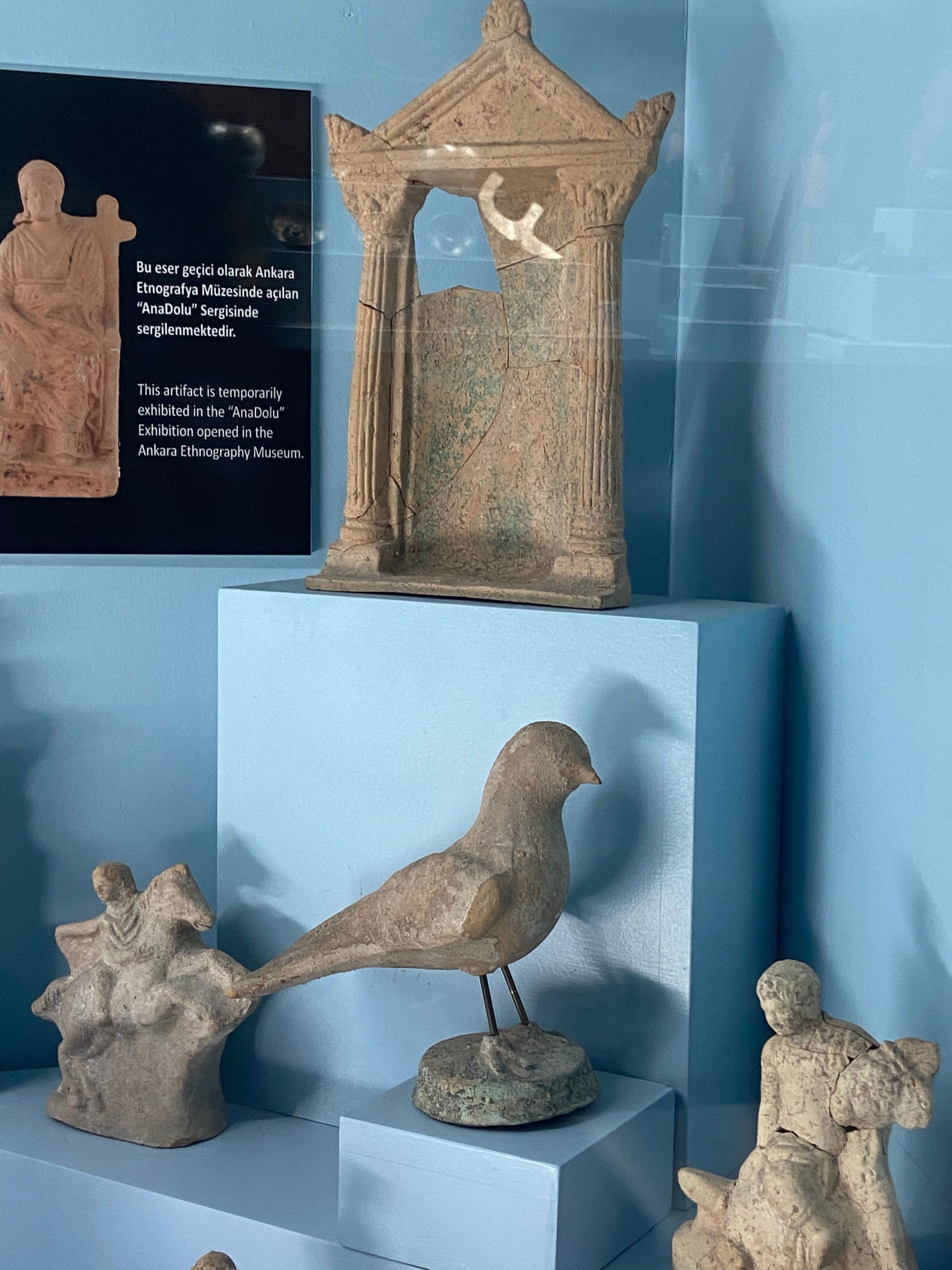
Birds as guardians of a shared heritage
Birds don’t just need Boğaçayı as a landing site; they rely on the fish, the circulation of water, and the native vegetation that grows there. All these are in relationship to each other. When the municipality plants non-native species around the river, it disrupts the delicate balance of the ecosystem, altering the relationships that have sustained life in this area for generations.
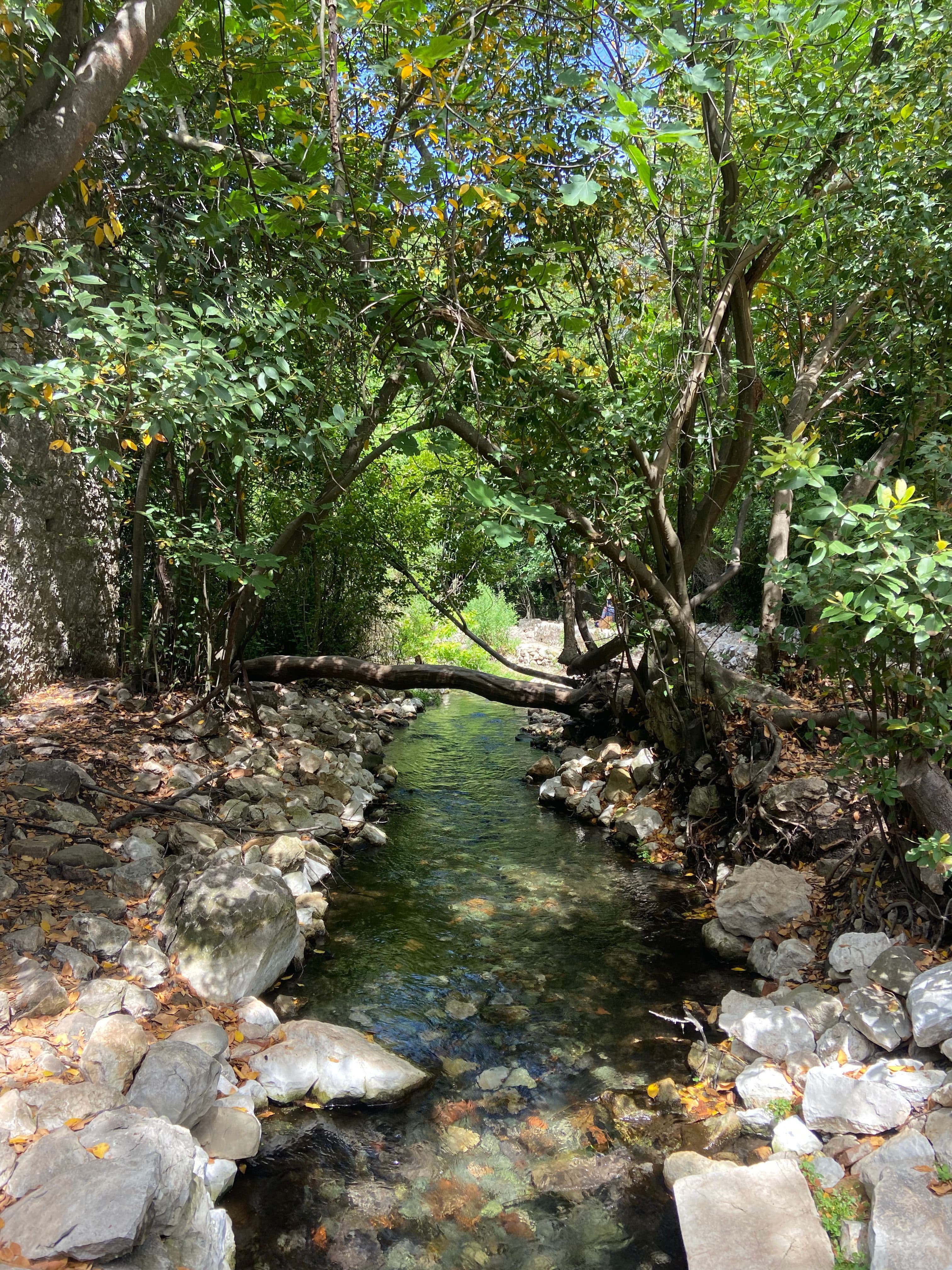
Antalya’s significance for birdlife is not only ecological but also cultural. The region’s rivers, wetlands, and varied ecosystems have shaped both natural and human history. Many ancient settlements in Antalya were built along rivers, such as Perge, which grew beside the Kestros River, or Olympos, where a river runs directly through the heart of the city. In ancient Greek mythology, Kestros was worshipped as a river god, showing how essential these waterways were to both the spiritual and daily life of the region.
Today, these same rivers remain vital not just for people, but for the many bird species that rely on them as their habitats and along their migration routes. Antalya’s long-standing relationship with its rivers reminds us that protecting these ecosystems means preserving a legacy that connects nature, culture, and history.
